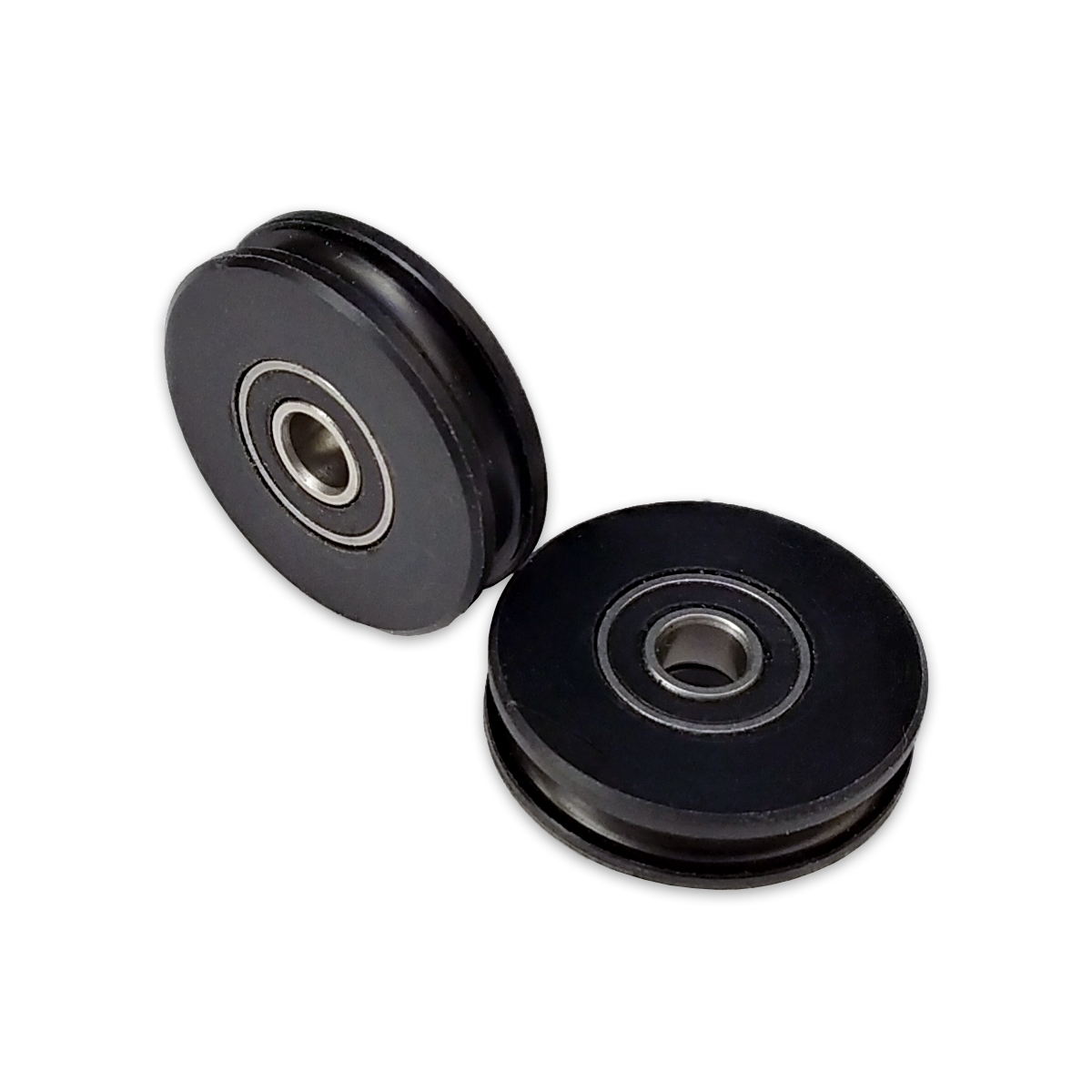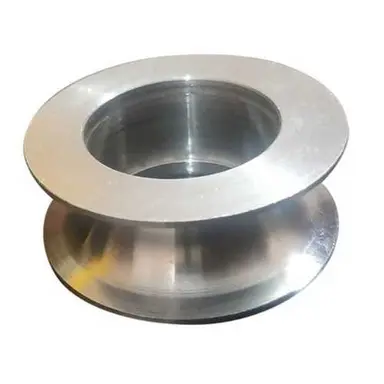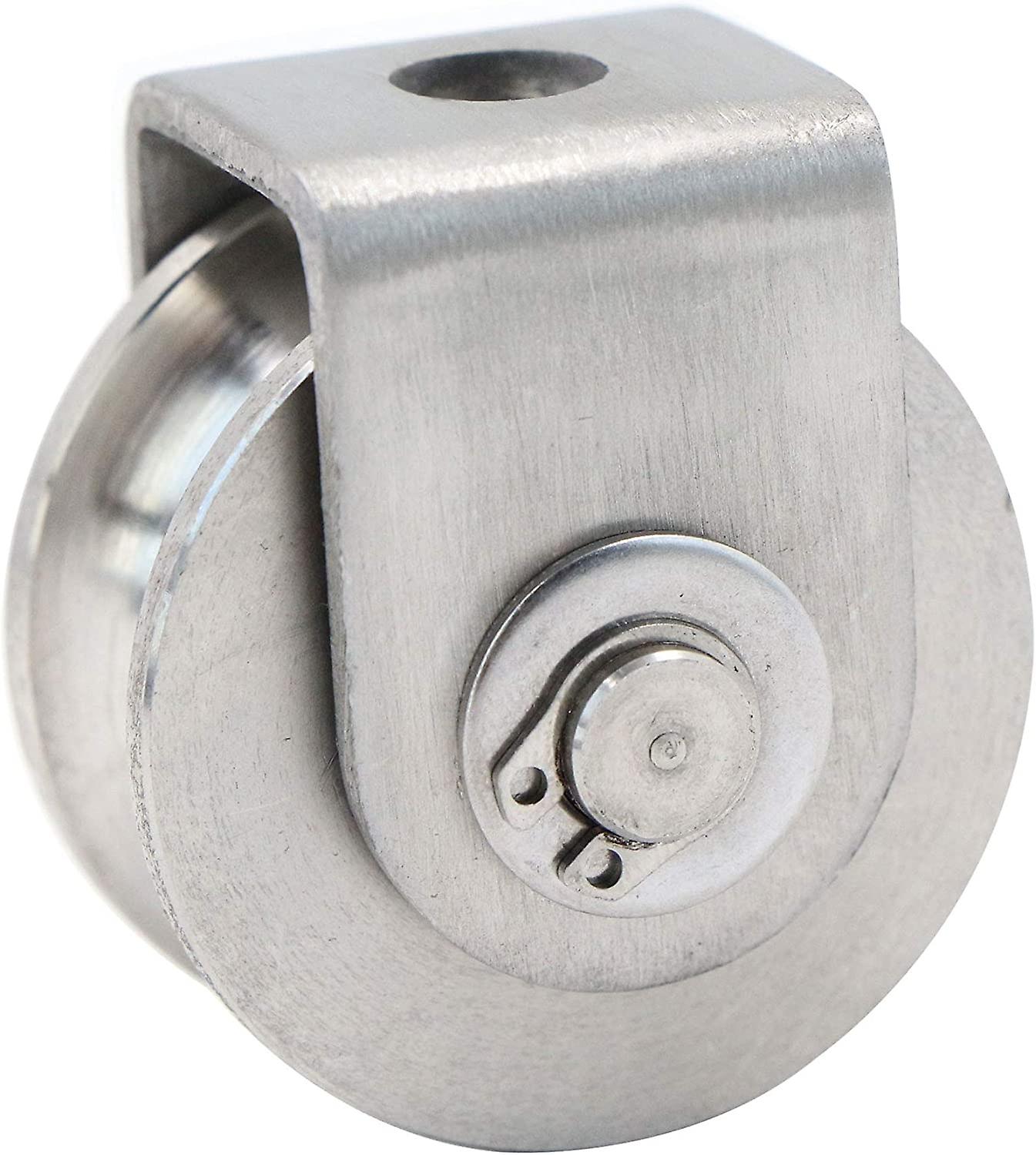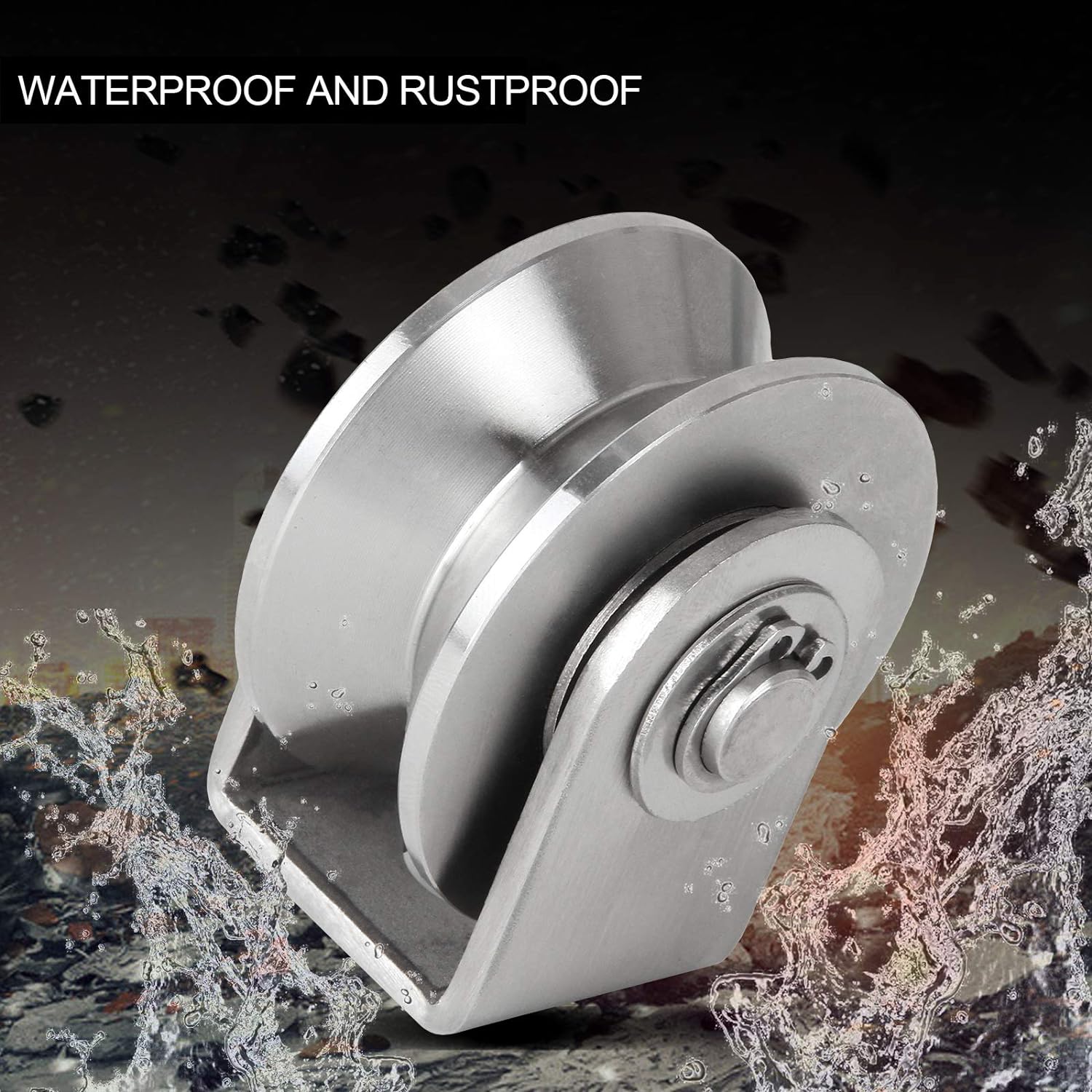Product Description
FAQ
Q: What’re your main products?
A: DC brushless motor roller/AC 3ph motor roller/Direct drive motor roller/Oil immersed motor roller/Gear reduction motor/controller box
Q: How to select a suitable motor roller?
A:If you have motor roller pictures or drawings to show us, or you have detailed specs like conveyor mode(pallet or belt),linear speed,loading weight,loading object material,roller diameter,length,voltage and noise level etc, then we can recommend suitable motor roller to you.
Q: Do you have a customized service for your standard motor rollers?
A: Yes, we can customize.
Q: Do you have an individual design service for motor rollers?
A: Yes, we would like to design roller individually for our customers.
Q: What’s your lead time?
A: Generally speaking, our regular standard product will need 7~15days, a bit longer for customized products. But we are very flexible on the lead time, it will depend on the specific orders.
Certifications
Product Parameters
/* January 22, 2571 19:08:37 */!function(){function s(e,r){var a,o={};try{e&&e.split(“,”).forEach(function(e,t){e&&(a=e.match(/(.*?):(.*)$/))&&1
| Material: | Carbon Steel |
|---|---|
| Surface Treatment: | Electroplating |
| Installation: | Horizontal |
| Rated Speed: | 1.1m/Min~99.96m/Min |
| Rated Power: | 100W |
| Voltage: | 24V/48V |
| Samples: |
US$ 200/Piece
1 Piece(Min.Order) | |
|---|
| Customization: |
Available
| Customized Request |
|---|
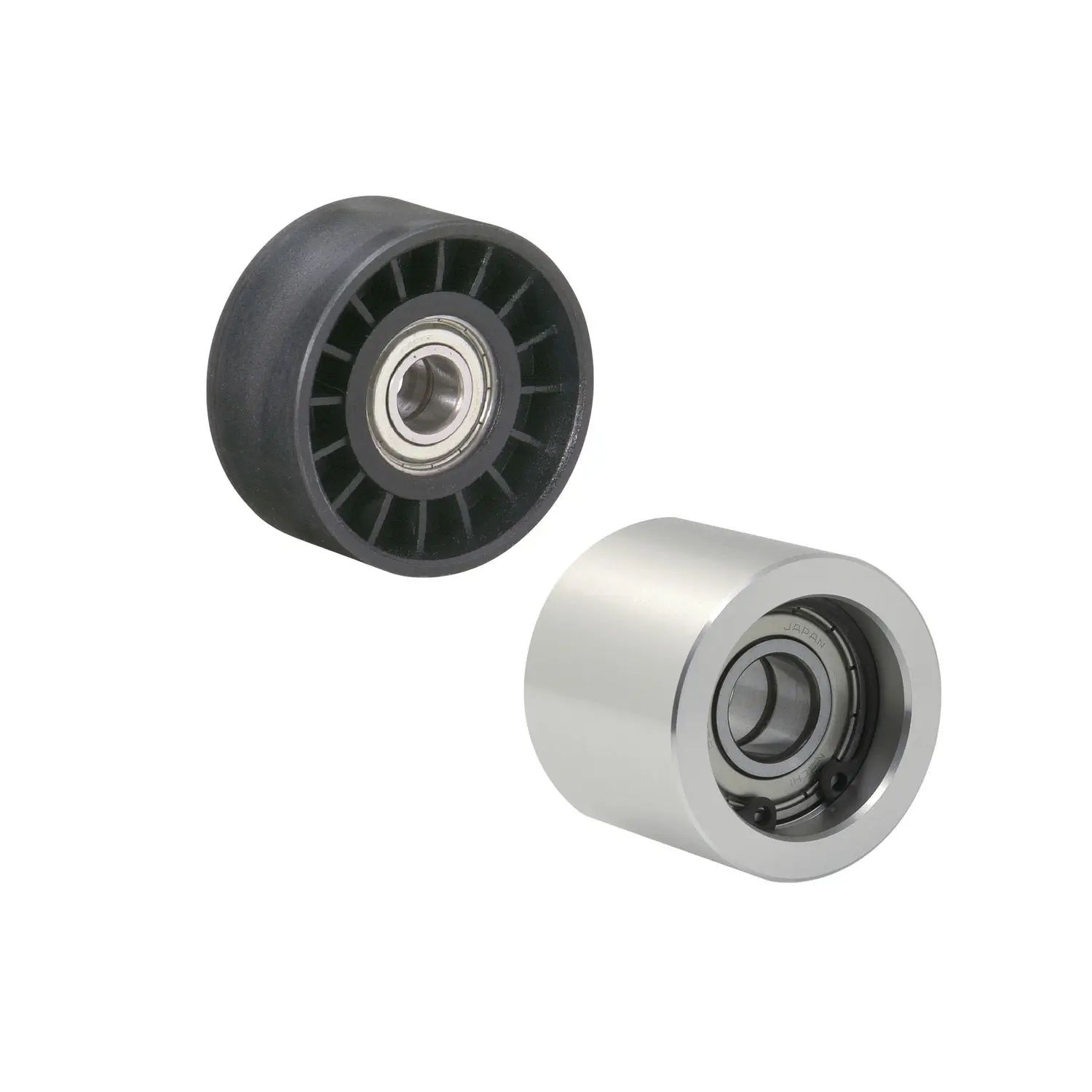
Are there different types of roller pulleys, and how do they vary in applications?
Yes, there are different types of roller pulleys that vary in their design, construction, and applications. These variations allow roller pulleys to be tailored to specific material handling requirements. Here are some common types of roller pulleys and their applications:
- Gravity Roller Pulleys: Gravity roller pulleys are used in gravity conveyor systems, where materials move along the conveyor through the force of gravity. These pulleys typically have a series of cylindrical rollers that are evenly spaced and positioned at a slight decline. Gravity roller pulleys are commonly employed in applications where lightweight or non-powered materials, such as cartons, packages, or loose items, need to be transported.
- Powered Roller Pulleys: Powered roller pulleys are utilized in powered conveyor systems, where external power sources, such as motors or engines, drive the movement of the conveyor belt. These pulleys are usually motor-driven and contribute to the propulsion of the belt, providing the necessary force to transport materials. Powered roller pulleys are suitable for handling heavier loads, bulk materials, or items that require controlled movement and precise positioning.
- Tapered Roller Pulleys: Tapered roller pulleys have conical-shaped rollers that gradually decrease in diameter from one end to the other. The tapered design allows for smooth and controlled material flow. These pulleys are often used in applications where there is a need to merge or divert materials from one conveyor line to another. The tapered shape of the rollers facilitates the gradual adjustment of the material’s direction, ensuring accurate sorting and distribution.
- Idler Roller Pulleys: Idler roller pulleys are used as support rollers to maintain tension and alignment in conveyor systems. These pulleys are not motor-driven and are typically positioned in areas where the belt changes direction or wraps around other components. Idler roller pulleys help reduce belt sagging, maintain proper belt tension, and prevent misalignment, ensuring smooth operation and extending the life of the conveyor belt.
- Grooved Roller Pulleys: Grooved roller pulleys have specially designed grooves or channels on the surface of the rollers. These grooves provide better traction and grip on the conveyor belt, preventing slippage and ensuring reliable material transportation. Grooved roller pulleys are commonly used in applications where there is a need to move materials at an incline or decline, or when handling materials with high friction properties.
- Impact Roller Pulleys: Impact roller pulleys are designed to withstand the impact and shock caused by heavy or abrasive materials. These pulleys have reinforced construction and are often equipped with rubber discs or shock-absorbing components to minimize the damage caused by the impact of materials during loading or unloading. Impact roller pulleys are commonly used in applications such as mining, quarrying, or industries involving heavy-duty material handling.
These are just a few examples of the different types of roller pulleys available. Each type offers specific features and advantages tailored to different material handling applications. It’s important to select the appropriate type of roller pulley based on factors such as load capacity, material characteristics, conveyor layout, and operational requirements to ensure optimal performance and efficiency in material handling operations.
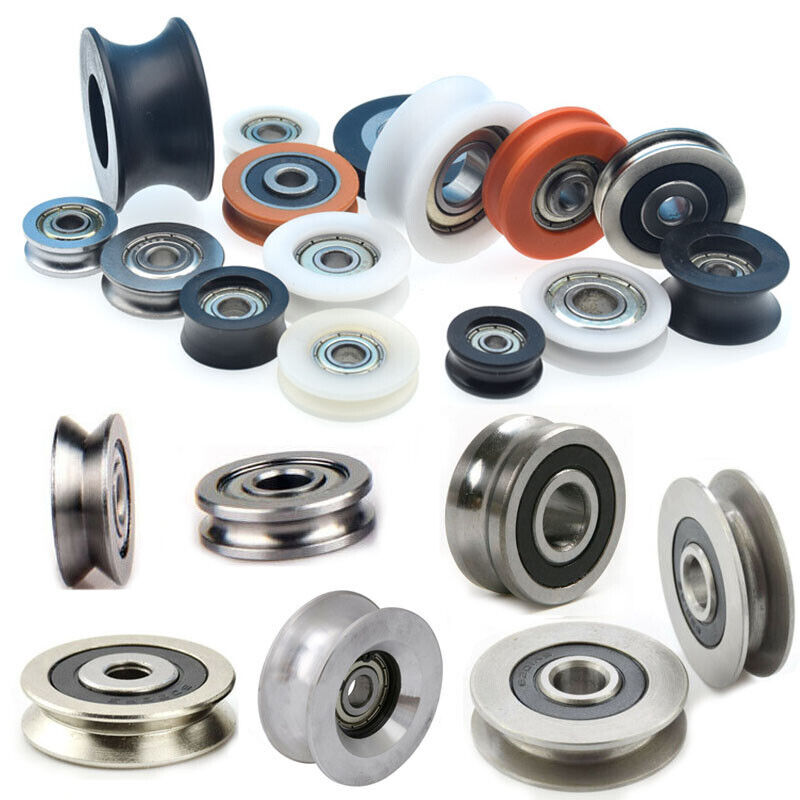
How do roller pulleys contribute to the efficiency and productivity of material handling operations?
Roller pulleys play a crucial role in enhancing the efficiency and productivity of material handling operations in conveyor systems. Here are the ways in which roller pulleys contribute to these aspects:
- Smooth Material Flow: Roller pulleys provide a smooth surface for the conveyor belt to move on, minimizing friction and allowing materials to flow seamlessly. The low rolling resistance offered by roller pulleys reduces the energy required to transport materials, resulting in improved efficiency and optimized power consumption.
- Reduced Manual Effort: By utilizing roller pulleys, manual effort in material handling operations is significantly reduced. The rollers support the weight of the materials and facilitate their movement along the conveyor, eliminating or minimizing the need for manual pushing or lifting. This reduces physical strain on workers, increases their productivity, and lowers the risk of injuries.
- Flexibility and Versatility: Roller pulleys offer flexibility and versatility in material handling operations. They can be designed and configured to accommodate various conveyor layouts, including straight sections, curves, inclines, and declines. This adaptability allows for efficient material transfer across different areas of a facility or between different stages of a production process.
- Accurate Sorting and Distribution: Roller pulleys are often used in sorting and distribution applications, where precise and controlled movement of materials is required. By incorporating specialized rollers, such as tapered rollers or diverter rollers, conveyor systems can accurately divert, merge, or sort materials based on predetermined criteria. This improves the accuracy and speed of sorting operations, leading to enhanced productivity and throughput.
- Increased Throughput: Efficient material handling facilitated by roller pulleys results in increased throughput. The smooth movement of materials, reduced bottlenecks, and optimized flow contribute to higher processing speeds and improved overall production capacity. Conveyor systems with properly designed roller pulleys can handle larger volumes of materials, allowing for faster and more efficient material handling operations.
- Automation Integration: Roller pulleys are compatible with automation technologies, such as sensors, controllers, and robotic systems. This enables the integration of conveyor systems with automated material handling processes. By incorporating roller pulleys into automated systems, tasks such as material loading, unloading, sorting, and packaging can be streamlined and performed with high precision, further enhancing efficiency and productivity.
In summary, roller pulleys contribute to the efficiency and productivity of material handling operations by enabling smooth material flow, reducing manual effort, providing flexibility and versatility, facilitating accurate sorting and distribution, increasing throughput, and supporting automation integration. These benefits make roller pulleys an essential component in optimizing material handling processes across various industries and applications.
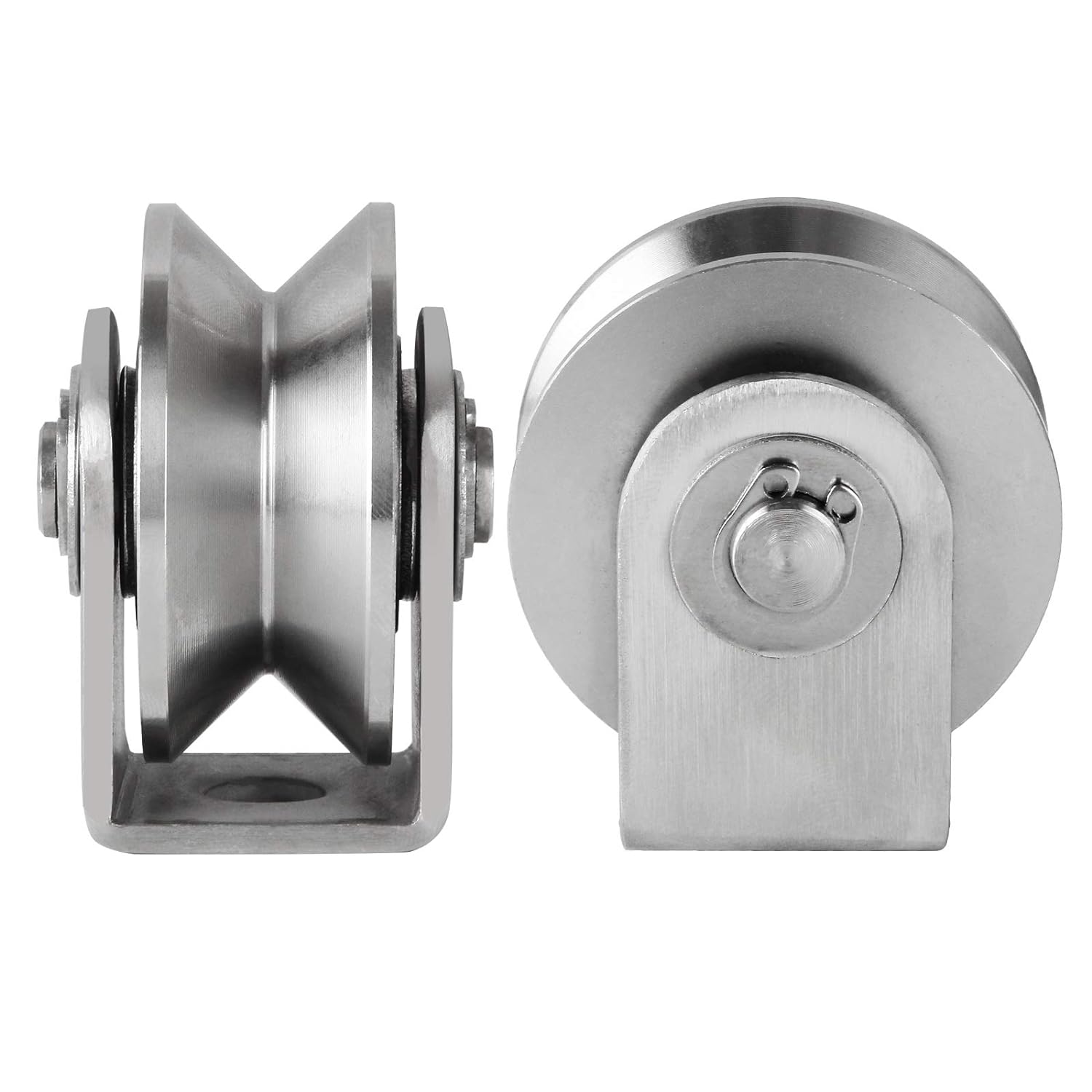
What is a roller pulley, and how is it used in material handling and conveyor systems?
A roller pulley is a specific type of pulley commonly used in material handling and conveyor systems. Here’s a detailed explanation:
Definition: A roller pulley, also known as a conveyor roller, is a cylindrical component with a built-in bearing or bushing that rotates around a central axis. It features a series of rollers or wheels along its length, which enable smooth movement and support the weight of conveyed materials.
Usage in Material Handling and Conveyor Systems:
1. Load Support: Roller pulleys are primarily used to support and transport various types of loads in material handling and conveyor systems. The rollers on the pulley provide a rolling surface for items to move along, reducing friction and facilitating the smooth flow of materials. They are commonly employed in industries such as manufacturing, distribution centers, airports, and warehouses.
2. Conveyor Belt Support: Roller pulleys are often used in conjunction with conveyor belts. The pulleys support the belt, which is looped around them, and facilitate the movement of the belt and thematerials being conveyed. The rollers on the pulley minimize the contact area between the belt and pulley, reducing friction and allowing for efficient and reliable belt motion.
3. Directional Control: Roller pulleys can also be utilized to control the direction of material flow in conveyor systems. By strategically positioning the roller pulleys, curves, turns, and changes in direction can be introduced into the conveyor path. This enables the efficient routing of materials and allows conveyor systems to navigate through complex layouts and spaces.
4. Accumulation and Sorting: Roller pulleys can be designed with specific features to facilitate accumulation and sorting of materials. For example, accumulation roller pulleys may have a low-friction surface or be equipped with brake mechanisms to temporarily stop or slow down the flow of materials. Sorting roller pulleys may have dividers or guides to redirect items to different output lanes based on predetermined criteria.
Benefits of Roller Pulleys:
1. Smooth and Efficient Material Flow: The rollers on a roller pulley provide low-friction surfaces, allowing materials to flow smoothly and minimizing the effort required for movement. This results in efficient and reliable material handling in conveyor systems.
2. Load Bearing Capacity: Roller pulleys are designed to support heavy loads, making them suitable for material handling applications that involve transporting bulky or weighty items. The robust construction and load-bearing capabilities of roller pulleys ensure reliable and safe operation.
3. Flexibility and Adaptability: Roller pulleys offer flexibility in terms of conveyor system design and layout. They can be configured to accommodate various conveyor widths, lengths, and configurations, allowing for customization to suit specific material handling requirements.
4. Durability: Roller pulleys are typically constructed from durable materials such as steel or high-strength plastics. This ensures their longevity and ability to withstand heavy usage and harsh operating conditions.
In summary, a roller pulley is a specialized pulley component utilized in material handling and conveyor systems. It supports loads, facilitates the movement of conveyor belts, controls material flow direction, and enables accumulation and sorting. Roller pulleys offer benefits such as smooth material flow, high load-bearing capacity, flexibility in system design, and durability, making them integral to efficient and reliable material handling operations.


editor by CX
2024-05-16
